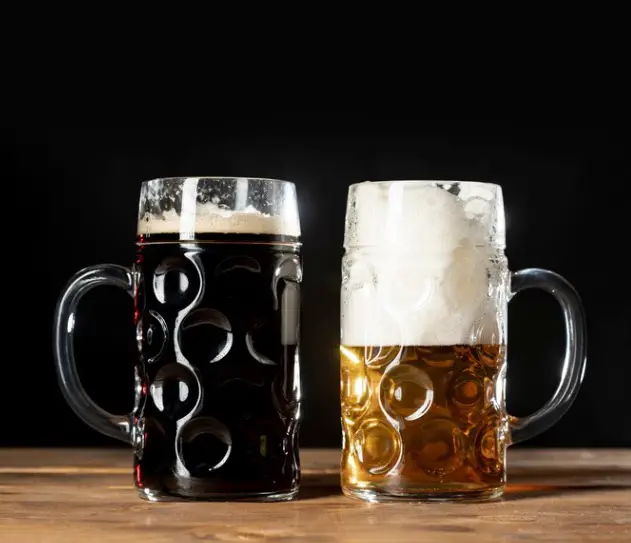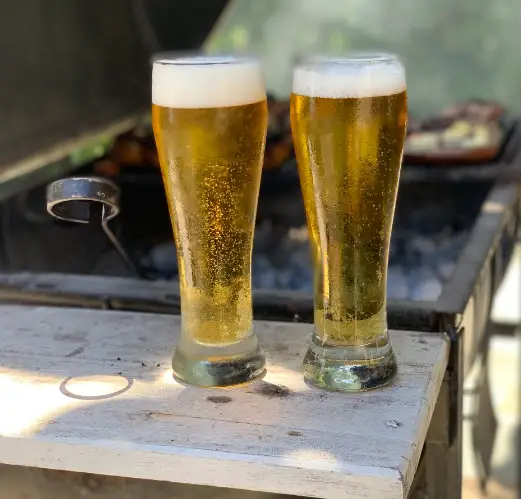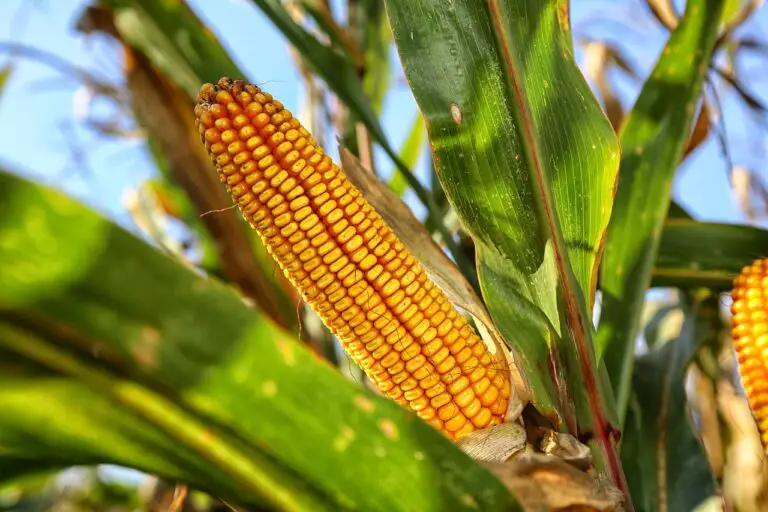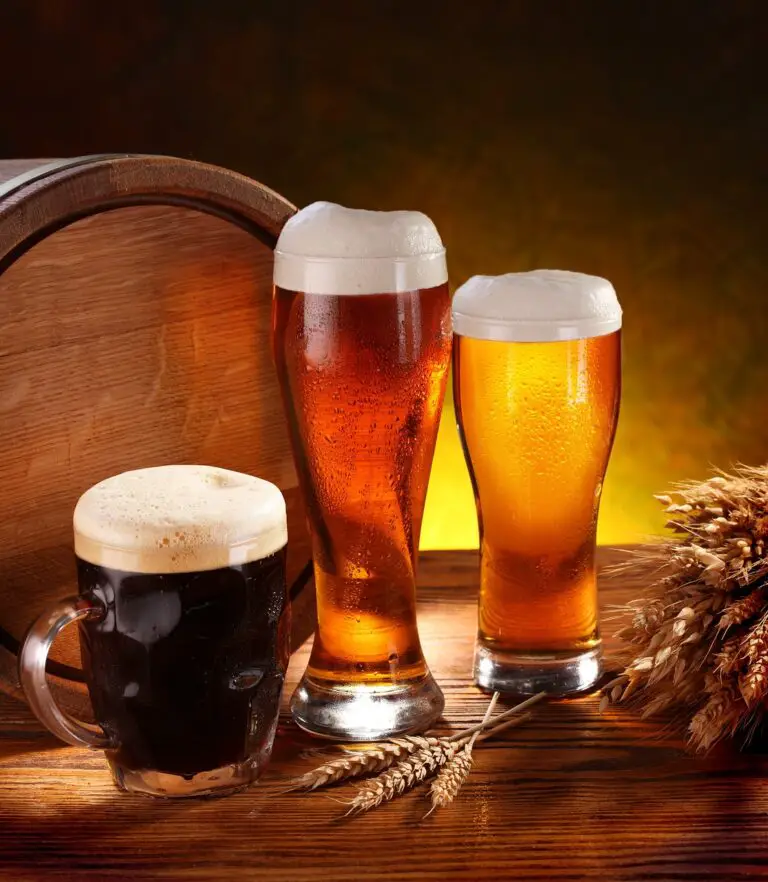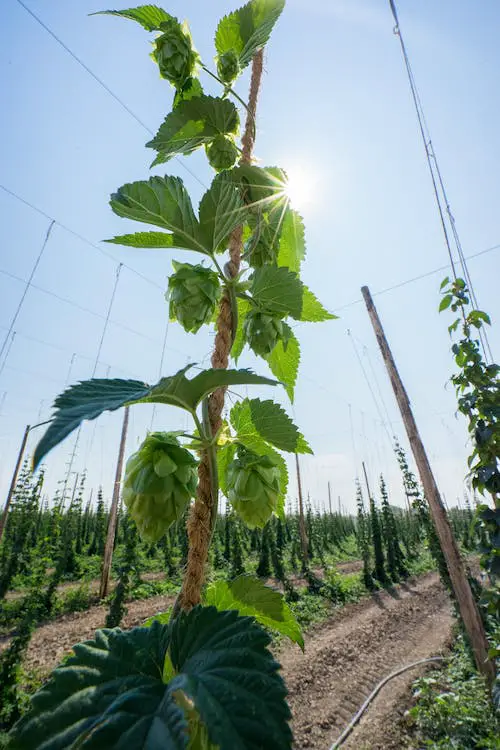What Is Beer Wort?
Let’s start by answering the question – what is beer wort?
In its simplest form, wort is the sugary, malted liquid extracted during the initial stages of the beer brewing process. It serves as the essential building block from which beer is crafted, providing the sugars necessary for fermentation, the foundation of flavor, and the canvas upon which brewers work their magic. In this article, we will delve deeper into the world of beer wort, exploring its components, production process, and its pivotal role in shaping the delightful variety of beer we drink worldwide.
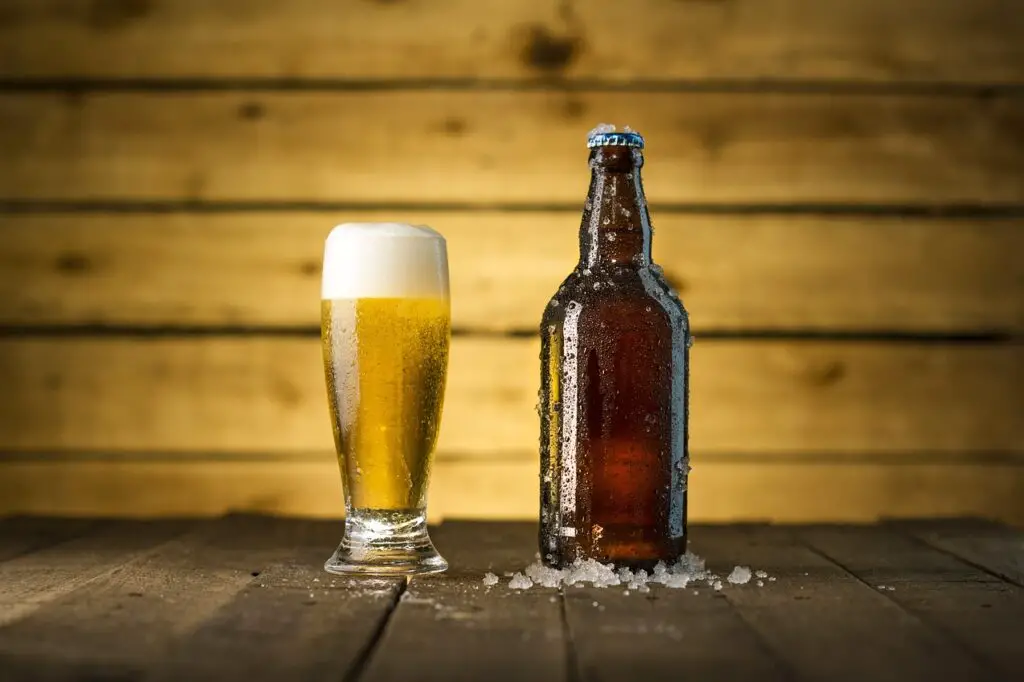
Wort – The Foundation Of Beer
Beer, in all its forms and flavors, owes its existence to wort. Wort is essentially the lifeblood of beer, and its importance cannot be overstated. Here’s why:
- Sugar Source: Wort is the primary source of fermentable sugars in the brewing process. These sugars are extracted from malted barley during a step called mashing. Yeast, the microorganisms responsible for fermentation, feed on these sugars, converting them into alcohol and carbon dioxide. Without wort, there would be no alcohol in beer.
- Flavor Profile: Wort also contributes significantly to the flavor profile of the finished beer. The combination of malted barley varieties, water composition, and the addition of hops during the boiling phase imparts a wide range of flavors and aromas to the wort. These flavors lay the foundation for the diverse spectrum of beer styles, from malty and sweet to hoppy and bitter.
- Body and Mouthfeel: The malt sugars present in wort contribute to the body and mouthfeel of the beer. Wort with a higher sugar content will produce a beer with a fuller body and a sweeter taste, while wort with fewer sugars will result in a lighter, crisper beer. This aspect of wort plays a crucial role in defining the beer’s character and mouthfeel.
- Alcohol Content: As mentioned earlier, the sugars in wort are the raw material for alcohol production during fermentation. The alcohol content of the final beer is directly tied to the sugar content of the wort. This aspect not only impacts the strength of the beer but also affects its overall balance and drinkability.
Let’s delve deeper and talk about wort’s ingredients:
1. Water: The Primary Component
- Water constitutes the most significant portion of beer wort, typically accounting for over 90% of its composition. It is often underestimated but is critical in determining the beer’s character. The mineral content, pH level, and overall quality of water can profoundly affect the brewing process and the beer’s final flavor.
2. Malted Barley: The Grainy Backbone
- Malted barley is the main source of fermentable sugars in wort. Barley grains are soaked, germinated, and dried during the malting process, converting the starches into sugars. These malted grains contribute sugars and a wide range of flavors, including sweetness, biscuit-like notes, and toasted or roasted characteristics, depending on the malting and roasting levels.
3. Hops: Adding Flavor and Bitterness
- Hops are responsible for the bitterness, flavor, and aroma in beer. They balance the sweetness of the malt with bitterness, add various flavors such as citrus, pine, or floral notes, and provide the beer with its distinctive aroma. Different hop types and when you add it during the boiling phase allow brewers to craft diverse beer styles.
4. Yeast: The Microorganisms that Transform Wort
- Yeast is the magic ingredient that transforms wort into beer. Two main types of yeast are used in brewing: the lager yeast (Saccharomyces pastorianus) and the ale yeast (Saccharomyces cerevisiae). Yeast consumes the sugars in the wort, converting them into alcohol and carbon dioxide during fermentation. Beyond alcohol production, yeast also contributes to the beer’s flavor and aroma, generating esters, phenols, and other compounds that give each beer style its unique character.
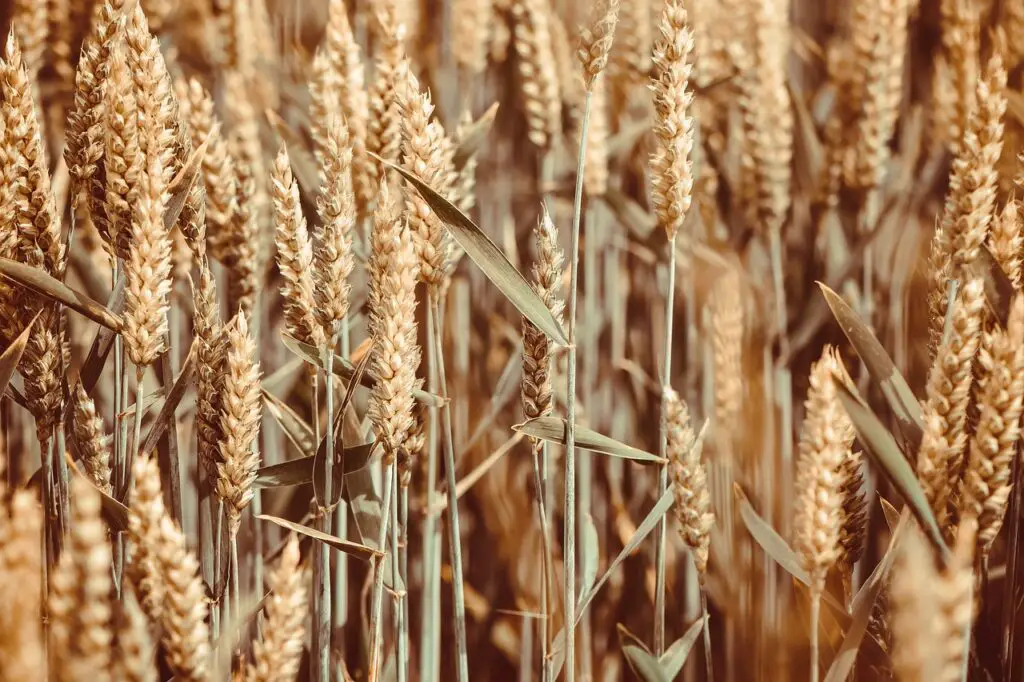
Wort Variations – Which Are The Most Common Varieties of Wort?
1. Pale Ale Wort vs. Stout Wort:
- Pale Ale Wort: Pale ale wort is characterized by a lighter color and a focus on malt sweetness with a balanced bitterness. The malt bill for pale ale wort typically includes pale malt varieties, which are kilned at lower temperatures to preserve their light color and provide a clean, neutral malt flavor. The hop additions are usually aimed at achieving a balanced bitterness and mild hop aroma. This wort serves as the foundation for various beer styles like American Pale Ale (APA) and India Pale Ale (IPA).
- Stout Wort: Stout wort, on the other hand, is much darker and richer in flavor compared to pale ale wort. It employs darker malted barley varieties such as roasted barley or chocolate malt, which impart deep, roasted, and often chocolate or coffee-like flavors. The hop character in stout wort is usually subdued, allowing the roasted malt flavors to take center stage. Stout wort serves as the base for stout styles like Dry Stout, Sweet Stout, and Imperial Stout.
2. Specialty Wort for Unique Beers:
- Fruit and Spice-Infused Wort: Some specialty beers incorporate additional ingredients during the wort-making process to create unique flavors. For example, adding fruits like cherries or spices like coriander and orange peel to the wort can result in fruit beers, witbiers, or spiced ales. These additions are made during boiling or in a separate infusion step to impart distinct and complementary flavors.
- Smoked Wort: Smoked wort is produced by drying malted barley over an open flame or using smoked wood chips. This imparts a smoky flavor to the wort, which can be used to create styles like Rauchbier. The intensity of the smokiness can be adjusted by varying the type and amount of smoked malt used.
- Barrel-Aged Wort: Some breweries age wort in wooden barrels, often previously used for aging spirits like whiskey or wine. This process allows the wort to pick up unique flavors, aromas, and characteristics from the wood and any residual spirits, creating complex and nuanced beer styles like barrel-aged stouts and sour ales.
Is Wort Quality Important?
The quality of wort is essential in brewing, as it directly influences the final beer’s flavor, aroma, and overall character. Here’s why:
- Malt Complexity: The choice of malted barley and the malting process itself significantly affect wort quality. High-quality malt with well-balanced enzymatic activity and proper kilning yields a wort rich in complex sugars and a wide range of flavors. Subpar malt can result in bland or off-flavored wort.
- Hop Utilization: Wort quality impacts how hops are utilized during the boil. A well-structured wort allows for the efficient extraction of hop compounds, contributing to the desired bitterness, flavor, and aroma. Poor wort quality can hinder this process, resulting in imbalanced or muted hop characteristics.
- Yeast Health: Yeast health and fermentation performance are closely linked to wort quality. Nutrient-rich wort with a suitable sugar composition ensures robust yeast growth and fermentation. Inadequate wort can lead to stressed yeast, off-flavors, or incomplete fermentation.
- Consistency: Consistency in wort quality is essential for commercial brewers who consistently aim to replicate a specific beer style. Variations in wort composition can lead to batch-to-batch differences, making maintaining brand identity and customer expectations challenging.
- Flavor Precursors: Wort quality also influences the production of flavor precursors during the boil. During fermentation, these compounds can react and develop into desirable flavor and aroma compounds. A well-crafted wort gives the yeast the necessary precursors to produce complex and pleasing flavors.

Wort Consistency and Clarity:
- Consistency: Consistency in wort production is crucial for both homebrewers and commercial brewers. Achieving consistent wort quality ensures that the final beer maintains its intended flavor profile, appearance, and aroma across multiple batches. Brewers carefully control factors such as grain selection, water chemistry, mashing temperatures, and hop additions to maintain this consistency.
- Clarity: Wort clarity is another aspect of quality. Clear wort is visually appealing and can lead to a cleaner-looking final beer. To achieve wort clarity, brewers use techniques such as recirculating the wort during the mash, utilizing fining agents, and employing careful lautering processes to minimize solids and haze-forming compounds. However, it’s essential to note that not all beer styles require crystal-clear wort, as some, like wheat beers and New England IPAs, intentionally have a hazy appearance.
When Wort Is Simply Not Good Enough
Let’s talk about what happens when the wort is not good, or there are problems during brewing.
1. Wort Off-Flavors:
- DMS (Dimethyl Sulfide): DMS is a common off-flavor in beer caused by the precursor compound S-methyl methionine (SMM) found in malt. If not adequately boiled off during brewing, DMS can lead to flavors resembling cooked corn or vegetables in the finished beer. Vigorous boiling and prompt wort cooling are crucial to prevent DMS formation.
- Acetaldehyde: This off-flavor is characterized by a green apple or freshly cut pumpkin aroma and taste. Acetaldehyde is a natural intermediate compound in fermentation, but the yeast should reduce it during fermentation. Elevated acetaldehyde levels in the final beer may indicate issues with fermentation or wort quality.
2. Contamination:
- Microbial Contamination: Contaminating microorganisms, such as wild yeast strains, bacteria, and molds, can negatively impact wort quality. They can introduce unwanted flavors, aromas, and off-flavors into the beer, leading to sourness, off-putting odors, or unusual tastes.
- Infection Sources: Contamination can occur at various stages of brewing, from unclean equipment to poor sanitation practices. Contaminated wort can result from inadequate cleaning of fermentation vessels, transfer hoses, or the use of infected yeast or adjuncts.
3. Sanitization:
- Sanitation Practices: To prevent contamination and maintain wort quality, brewers must adhere to strict sanitation practices. This includes cleaning and sanitizing all equipment and surfaces that come into contact with the wort, including fermenters, hoses, and brewing utensils.
- Cleaning vs. Sanitizing: Cleaning removes visible dirt and organic matter, while sanitizing eliminates harmful microorganisms. Both are essential for maintaining the integrity of the wort and preventing off-flavors.
4. Consequences of Bad Wort:
- Off-Flavored Beer: When wort quality is compromised due to off-flavors or contamination, the resulting beer can have undesirable flavors and aromas, making it unpalatable to consumers. This can lead to decreased sales and damage to a brewery’s reputation.
- Wasted Resources: Brewing beer is a resource-intensive process in terms of time, ingredients, and equipment. If the wort is of poor quality and the beer cannot be sold, these resources are wasted.
- Loss of Time and Effort: Brewing is both an art and a science that requires significant time and effort. A batch of beer with bad wort can mean that weeks of work go to waste.

Pre-fermentation vs. Post-fermentation Wort – What’s the Difference?
1. Pre-Fermentation Wort:
- Definition: Pre-fermentation wort refers to the liquid extracted from the mashing and boiling stages of the brewing process before yeast fermentation begins. It is essentially the unfermented beer wort, containing sugars, flavors, and hop characteristics that will undergo transformation during fermentation.
- Composition: Pre-fermentation wort consists primarily of malt sugars derived from the malted barley used in the recipe. It also contains water, hop compounds, and any other additives or adjuncts introduced during the boil. The specific gravity (sugar concentration) of the pre-fermentation wort is a critical parameter brewers measure to assess the potential alcohol content of the beer.
- Flavor and Aroma: The flavor and aroma of pre-fermentation wort depend on the malt and hop varieties used, the boil duration, and the timing of hop additions. These factors contribute to the beer’s anticipated flavor profile, with malt sweetness and hop bitterness/aroma being prominent characteristics.
- Processing: After boiling, the pre-fermentation wort is typically rapidly cooled to a temperature suitable for yeast fermentation, typically around 65-75°F (18-24°C) for ales or cooler for lagers. It is then transferred to a fermentation vessel where yeast is pitched, starting the fermentation process.
2. Post-Fermentation Wort:
- Definition: Post-fermentation wort, also known as “young beer,” refers to the liquid that remains after yeast fermentation is complete. At this stage, the yeast has consumed the majority of the sugars in the pre-fermentation wort, converting them into alcohol and carbon dioxide. The result is a beer with lower sugar content, higher alcohol content, and altered flavor characteristics.
- Composition: Post-fermentation wort is essentially beer, with the primary constituents being alcohol, water, and residual flavor compounds. It has a lower sugar content than pre-fermentation wort and may have different flavor nuances due to yeast activity.
- Flavor and Aroma: The flavor and aroma of the beer evolve during fermentation as yeast metabolizes sugars and produces various compounds, including alcohol, esters, and phenols. Post-fermentation wort may exhibit different flavor profiles from its pre-fermentation counterpart, with yeast-derived flavors and aromas becoming more pronounced.
- Processing: After fermentation, the beer is typically transferred to conditioning tanks or barrels for maturation, where it can develop further complexity and undergo clarification. Depending on the style, some additional ingredients or adjuncts may be added during this stage to achieve specific flavor characteristics.
Wrapping It Up
Beer wort is the unassuming hero that lays the foundation for every pint of beer we drink. It is a simple yet remarkable concoction made from malted barley, water, hops, and yeast. Beer wort provides the sugars that yeast will dutifully transform into alcohol and the canvas upon which brewers paint their flavor and aroma masterpieces. The quality of wort, its ingredients, and the care taken in its production dictate the character of the beer that will emerge from it. From the palest lagers to the richest stouts, beer wort is the starting point of all beers.

I am a young architect with a passion that goes beyond blueprints… it’s beer! undertherosebrewing.com is more than just a blog, it’s a manifestation of my lifelong dream to explore, read, and learn everything about beer. Join the blog on this unfiltered and genuine adventure into the heart of beer culture. Cheers!



